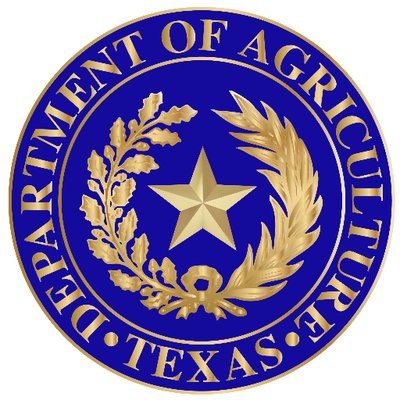On the heels of a historic drought that devastated crops from the High Plains to South Texas, a new Texas Department of Agriculture report released Tuesday linked climate change with food insecurity and identified it as a potential threat to the state’s food supply.
The food access study, coordinated by the TDA and the University of Texas Rio Grande Valley, notes that “climate instability” is strongly associated with soil loss, water quality, droughts, fires, floods and other environmental disasters. 2022 was one of the driest years on record for Texas, and about 49% of the state was still in drought conditions at the end of December. The drought resulted in failed crops, low yields for farmers and diminished grazing, which forced ranchers to cull their cattle and led to the highest amount of livestock sales — nearly $2.7 million — in more than a decade.
“From the agricultural perspective, concerns were expressed regarding droughts, drying up of artisanal wells, water use restrictions, fire threats and dangerous conditions for farm workers,” the report says.
Extended dry periods devastated Texas’ agricultural production, said Victor Murphy, a climate service program manager with the National Weather Service.
“We’re seeing longer periods without any precipitation, then when it does come, it’s in shorter, more intense bursts,” he said.
In total, Texas received a similar amount of precipitation in 2022 as in 2021, but most of that precipitation came all at once at the end of the summer.
Much of the state went through the worst of the drought conditions from June to August, during the high heat of the summer while plants are still growing. This was a sharp contrast to the torrential rainfall totals that followed. At the end of August, the Dallas-Fort Worth area was hit with a 1,000-year flood that brought 13 inches of rainfall in 18 hours.
[…]
The report recommends several actions, including having farmers work alongside researchers and policymakers, creating more food forests that allow trees to restore soil health and improve water quality, and strengthening bonds between local farmers and businesses to boost the farm-to-school infrastructure.
The report, which was submitted to the Texas Legislature on Dec. 31, also points to other factors that are making it harder for Texans to access and afford food, such as wages falling behind rising costs of living and lack of access to food in rural areas. Another issue is organizations being unaware of others with similar goals; for example, the report notes that certain grocers are interested in expanding delivery services into rural markets, while several food banks have acquired trucks to do the same.
The study includes suggestions that lawmakers could consider to help more Texans have consistent food access, such as expanding online and delivery options for Supplemental Nutrition Assistance Program participants and allowing more stores to accept those benefits.
Lawmakers have already filed some bills to address food insecurity during this year’s legislative session. State Rep. Shawn Thierry, D-Houston, filed House Bill 1118, which would offer tax credits to grocery stores that open in food deserts.
There’s no link to the report in the story, and I couldn’t find anything obvious on the TDA homepage or Twitter feed, so you’ll have to take what this story gives you. I wouldn’t expect the Lege to do much about this – they’re no more likely to care about the food insecurity of poor folks than they are about climate change – but at least they’ve been told about it.

